Lower Camp Creek
Fast Flight Facts
Target Species: Sycamore riparian, juniper, and desert species
Elevation: 3500'
Habitat: Riparian canyon with sycamores, junipers, and willows surrounded by desert hillsides and canyons
Overall Birding Rating: 5
Difficulty: 1-2 (Easy to Fairly Easy)
Birding Type: Easy to Fairly Easy Hiking
Facilities: None
Fees/Ownership: None/Private Property
Closest Town or City/How far from Phoenix: Cave Creek /35 miles north-northeast of Phoenix
Getting there: Reached from a side road that heads east from Seven Springs Road down into a cabin community in a narrow canyon
Overview: Nestled down in a riparian canyon which is very unseen from the main roadway is the area known as Lower Camp Creek. Lower Camp Creek is a very active and healthy flowing creek, and provides great habitat for the birds. The road leading down to this area will end up in this shady canyon filled with sycamores, juniper and willows along the creek. There is also a small cabin community down here, where people reside during the year. Lower sonoran desert hillsides surround this area, which is much different than the nearby Seven Springs. When birding in the Seven Springs Area, this location is a must to stop at, and has great birding potential.
Breeding birdlife here is excellent, as well as migrating and wintering birds. Both Common Black and Zone-tailed Hawks seem to prefer this area, Zone-tailed more in the immediate Lower Camp Creek area. Other typical breeders include Gila and Ladder-backed Woodpeckers, Gilded Flicker, Black Phoebe, Cassin's Kingbird, Bell's Vireo, Juniper Titmouse, Verdin, Cactus, Rock, and Canyon Wrens; Curve-billed Thrasher, Phainopepla, Lucy's and Yellow Warblers, Canyon and Abert's Towhees, Rufous-crowned and Black-throated Sparrows, Summer Tanager, Northern Cardinal, and Blue Grosbeak.
Migration and winter here should be birded regularly, especially during migration. Search for different hawks, woodpeckers, flycatchers, vireos, wrens, thrushes, warblers, sparrows, tanagers, orioles, grosbeaks, and more during these time periods. This area is a great patch of green in the middle of the desert, and is certainly a dot on the migrant map.
Birding tip: Like mentioned above, bird this area throughout the year, the potential is fantastic. Access is found to this spot by parking just off Seven Springs Road. The road is private for public vehicles, but birders and hikers are welcome to come here. Once walking down this entrance road into the good habitat and cabin community, be sure to stay on the road. The cabins here are private. Maintain a good approach to the cabin owners, so they will look at birders as respectful people. Every cabin owner I have met have all been very friendly. Bird along the road, and once the road ends, so does the great mix of sycamores and willows. There is a trail that goes to the east along Lower Camp Creek, which is more lower sonoran desert. After birding in the area, continue north up Seven Springs Road on foot from the parking spot, were similar sycamore, willow, and juniper habitat is found.
Directions: From the east side of the loop 101, take the Pima Exit and then Pima Road north for 12 miles until the intersection of Pima and Cave Creek Roads meet. Then take Cave Creek Road east for four miles until the road turns into Seven Springs Road. It becomes Seven Springs Road after the turnoff to the Cave Creek Ranger Station. Once it becomes Seven Springs Road, head north for 5.5 miles (after a short distance it becomes all dirt road) to the access point of Lower Camp Creek, which well be between mile markers 5 and 6 on the road. The turnoff will be on the east side of Seven Springs Road where a gated fence prevents vehicle access. Park your vehicle in this parking area and walk past the fence and into the canyon, which is known as Rackensack Canyon. See the maps of this location under the "Pages" section of this page.
Pages:
Lower Camp Creek Maps
Scenes and Sights from Lower Camp Creek:
Winter Months
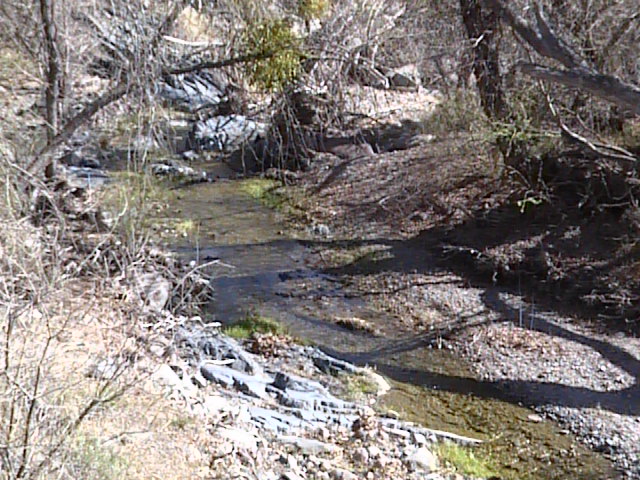
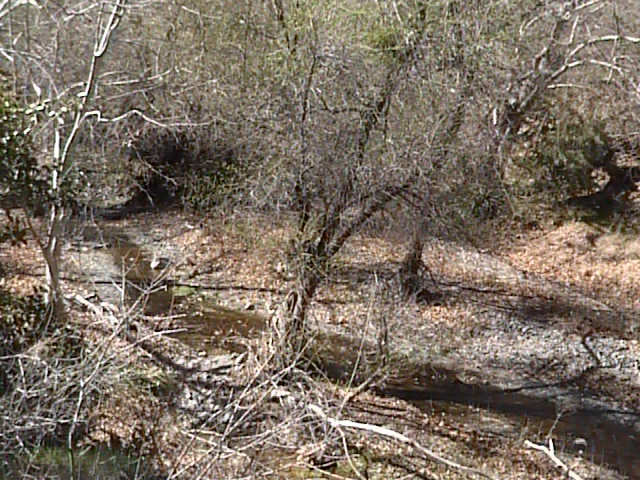
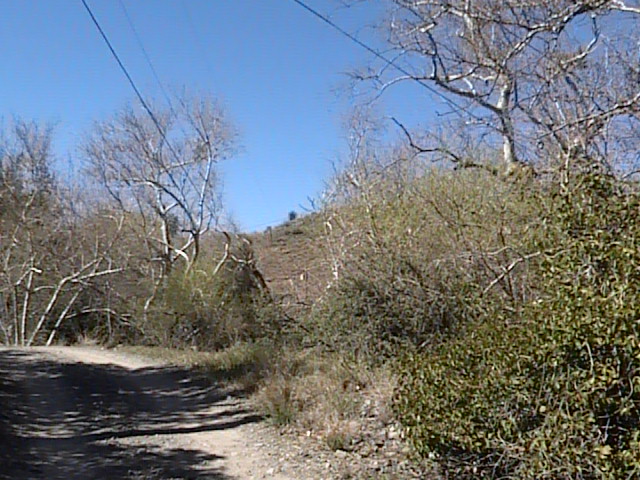
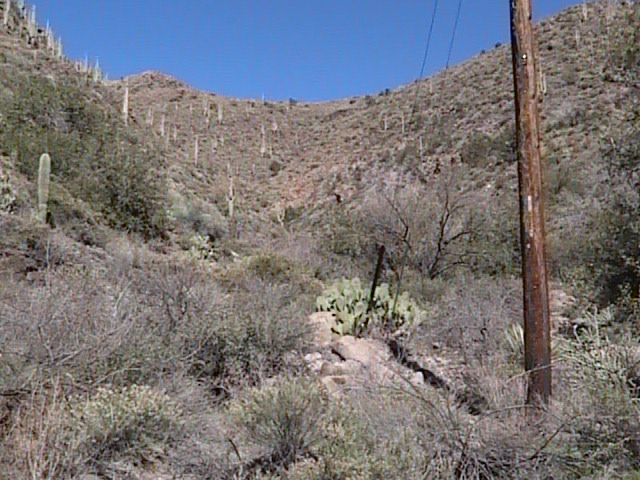
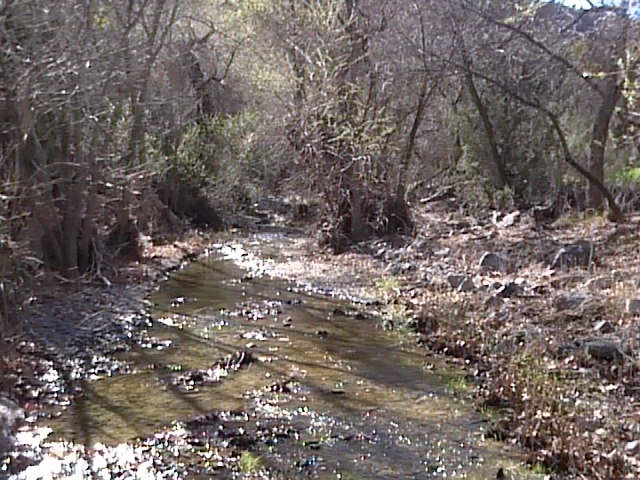
Summer/Early Fall...
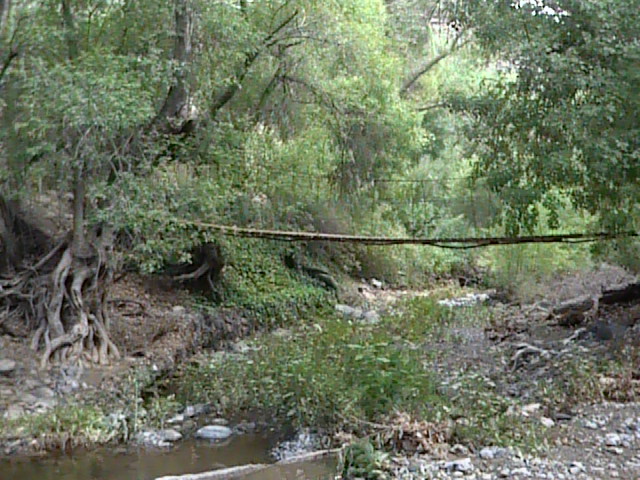
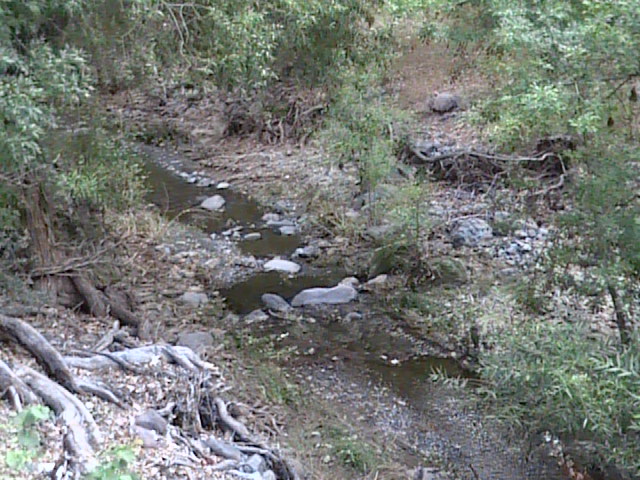
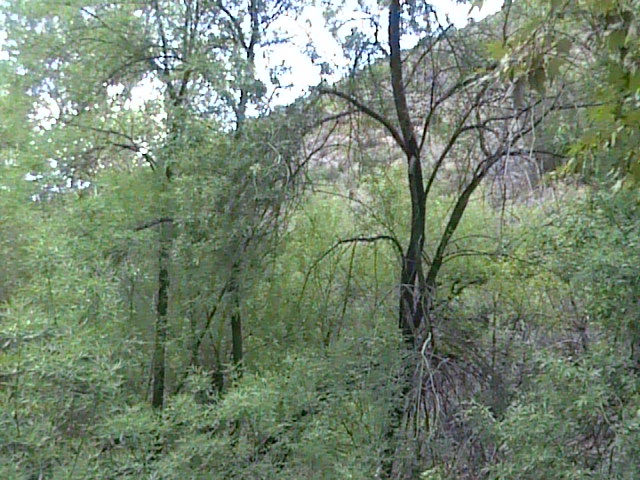
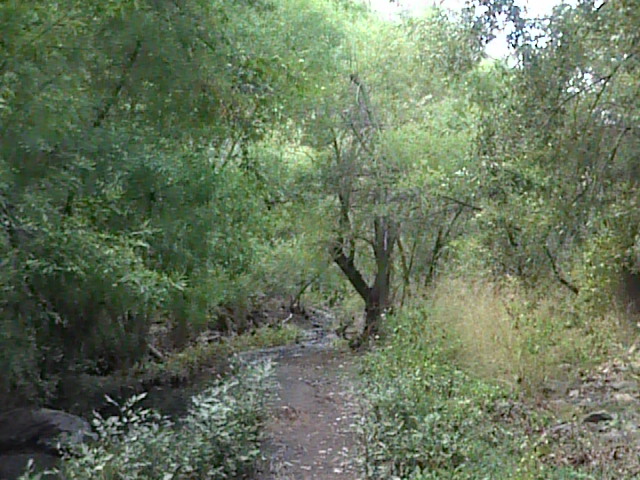
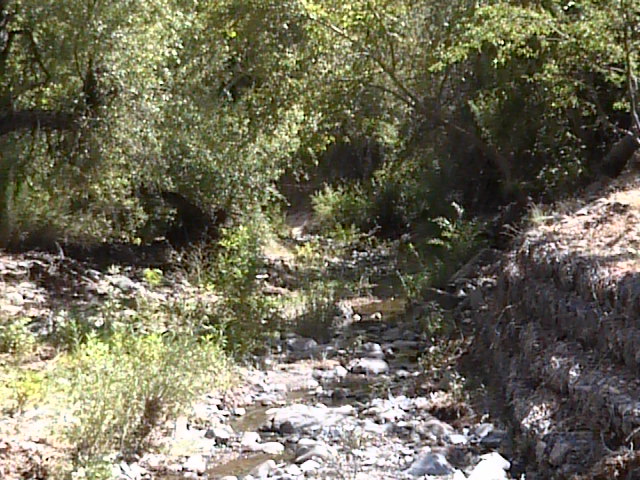
Autumn:
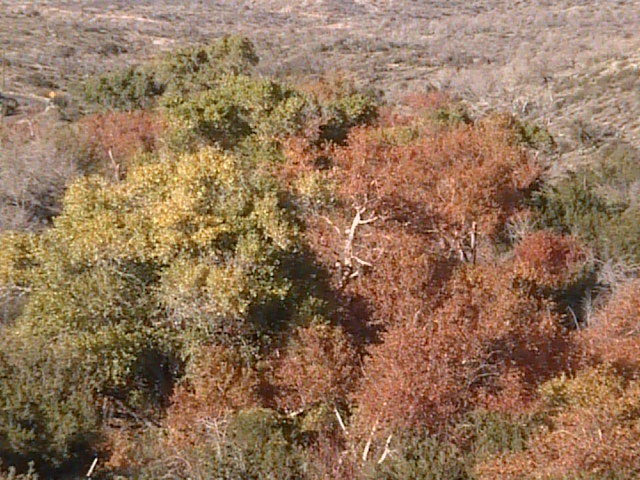
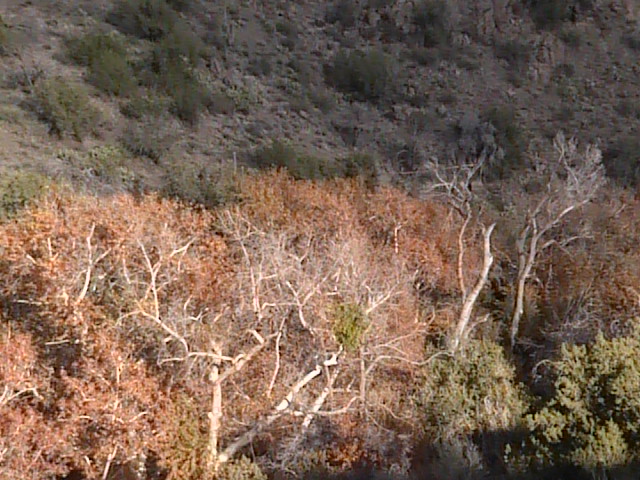
Birdlife of Lower Camp Creek:
Pacific Wren (rare but annual throughout Arizona)
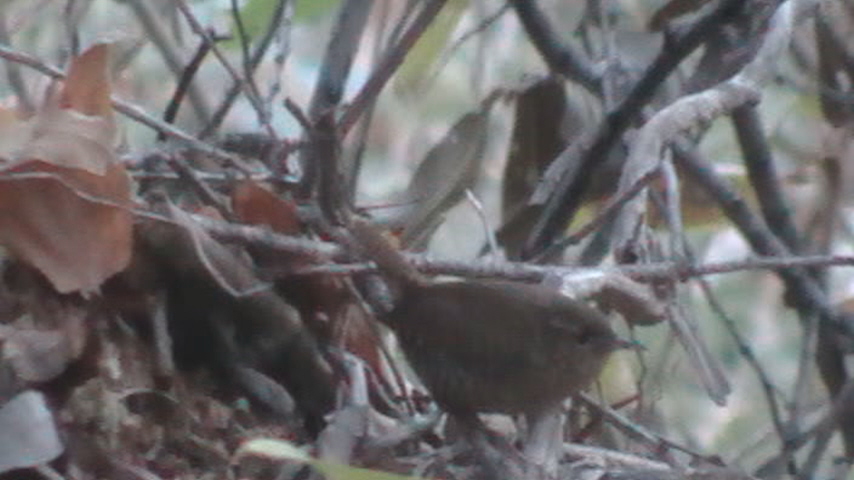
Back to Area 11-Cave Creek |
